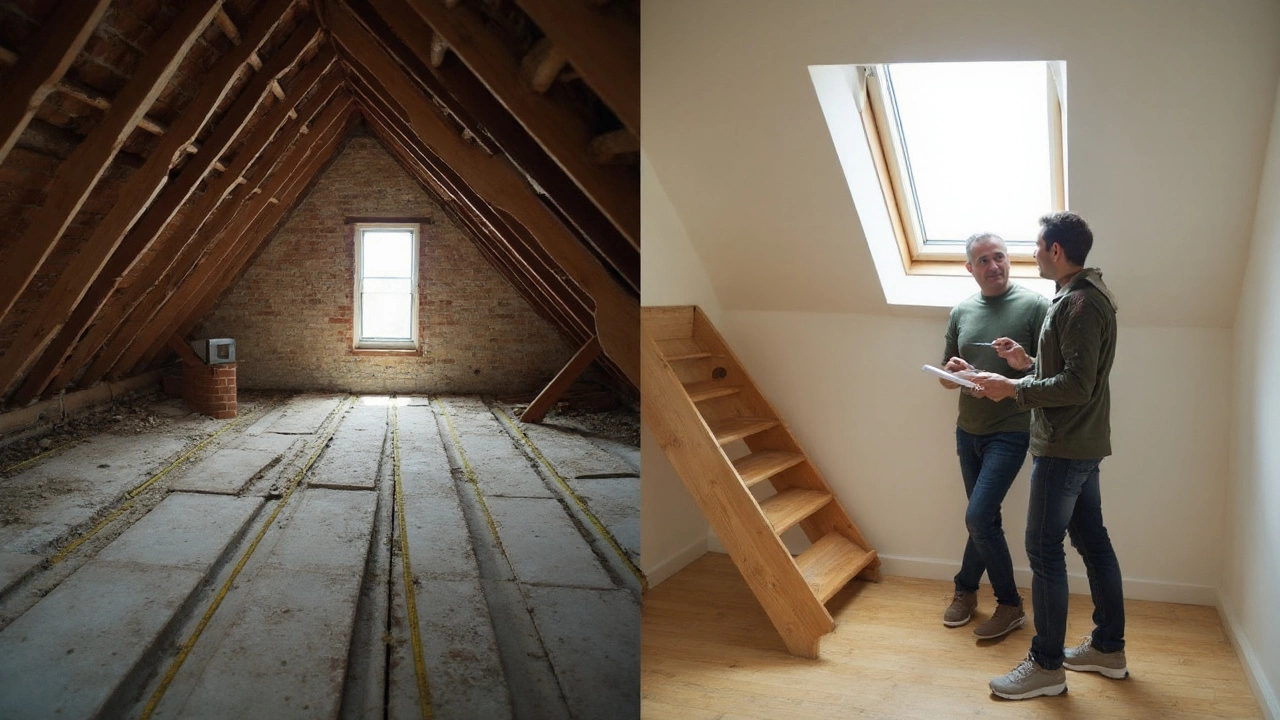See 2025 NZ loft conversion costs: typical prices, per‑m² rates, what drives the budget, and how to plan, consent, and avoid surprises. Clear ranges and examples.
Attic Conversion Cost in New Zealand – What You Need to Know
Thinking about turning that dusty loft into a livable space? You’re not alone. Many NZ homeowners love the idea of an extra bedroom, office or playroom without building out. The big question is – how much will it actually cost? Below you’ll get the numbers that matter, the things that push the price up or down, and simple ways to keep your project from blowing the budget.
Key Cost Drivers
First, understand the main line items. Most quotes break down into four groups:
1. Structure and framing – Reinforcing joists, adding support beams and making the roof safe for living space. In Auckland this can run NZ$4,000‑$8,000, while smaller towns may be a bit cheaper.
2. Insulation and weatherproofing – An attic needs proper insulation, vapour barriers and damp‑proofing. Expect NZ$1,500‑$3,500 depending on the material you pick.
3. Finishes – Flooring, plasterboard, plaster, electrical and lighting. A simple DIY‑style finish could be NZ$3,000‑$6,000, whereas a high‑end finish with hardwood flooring and designer lighting can climb over NZ$10,000.
4. Professional fees – Architect or designer drawings, building consent, and builder’s margin. Council permits usually cost NZ$500‑$1,200, and a builder’s quote often adds 10‑15% on top of the raw material costs.
Put those together and a basic attic conversion in NZ typically lands between NZ$15,000 and NZ$30,000. Luxury projects with premium finishes, custom windows or complex structural work can push the total above NZ$50,000.
Saving Money on Your Project
Don’t let the numbers scare you. Here are three tried‑and‑true ways to shave dollars off:
Do some of the work yourself – If you’re handy, handle demolition, painting or even laying down insulation. This can save you a few thousand dollars.
Shop for materials early – Look for sales at local timber yards, flooring outlets or online retailers. Buying in bulk or off‑season often nets a 10‑20% discount.
Choose a phased approach – Start with the essential structural work and basic finishes. Add luxury touches later when the budget allows.
Also, get at least three quotes from reputable builders. Compare not just price but what’s included – hidden costs like site cleanup or waste disposal can make a cheap quote end up expensive.
Finally, talk to your local council early. Some regions offer fast‑track consent for small attic conversions, which can cut both time and fees.
Bottom line: an attic conversion is a solid investment that adds living space and resale value. By understanding the cost breakdown and being smart about where to spend, you can turn that loft into a functional room without breaking the bank.
